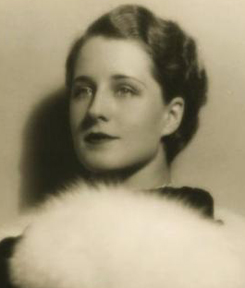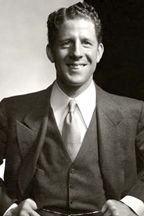FAT CHANCE
 GLORIA runs quite an establishment—butlers, footmen, and the rest. Down on the Pathé lot she rolled up her sleeves and did her day labor like an old trouper. But at home she was La Marquise de la Falaise et de la Coudraye, and had the big soft rugs, uniformed servants, and all the dog to prove it.
GLORIA runs quite an establishment—butlers, footmen, and the rest. Down on the Pathé lot she rolled up her sleeves and did her day labor like an old trouper. But at home she was La Marquise de la Falaise et de la Coudraye, and had the big soft rugs, uniformed servants, and all the dog to prove it.
